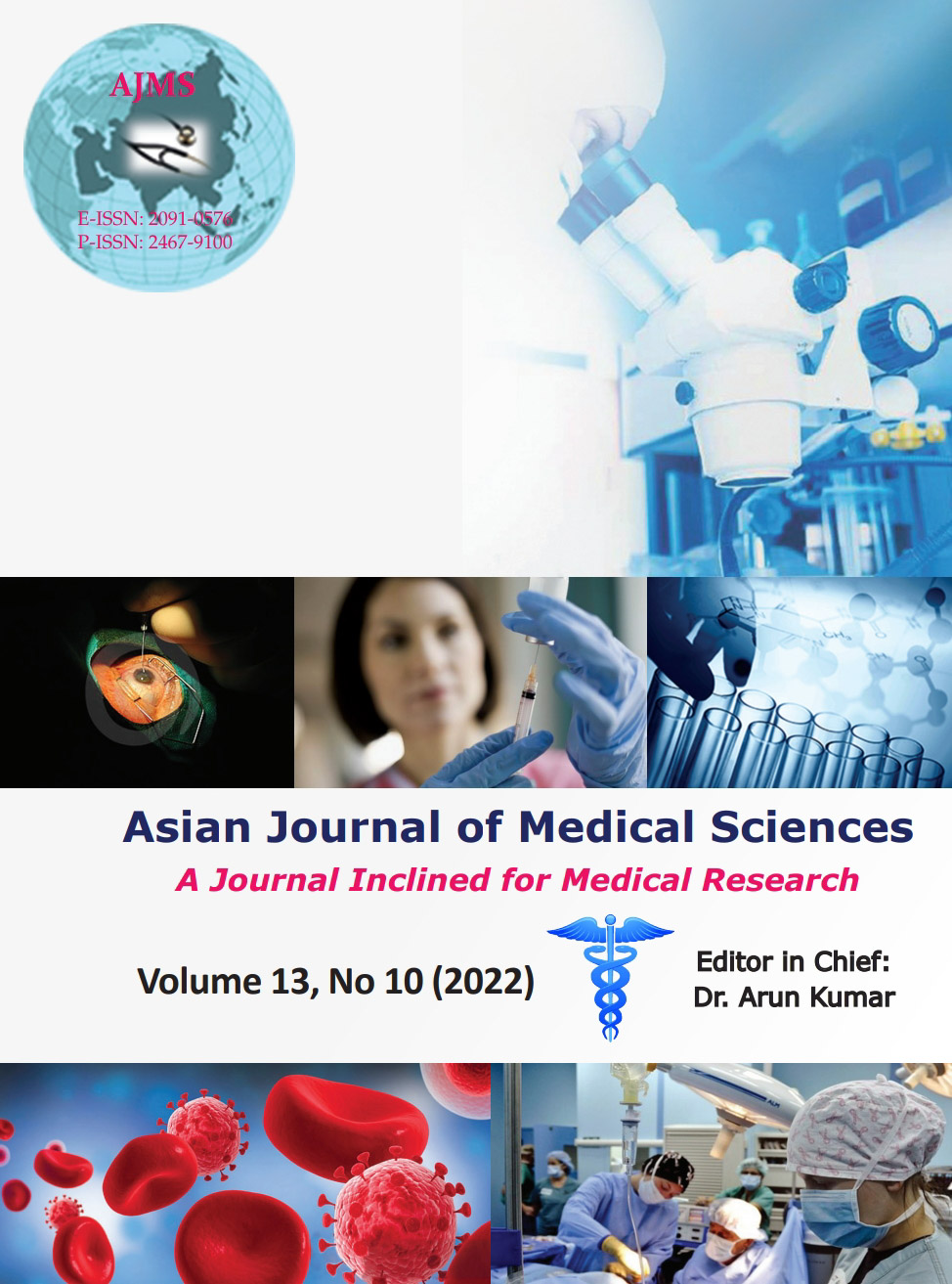Pancreatic Beta-cell function and degree of Insulin resistance among newly detected type 2 diabetics and their correlation with anthropometric, glucose, and lipid parameters: An Observational cross-sectional study
Keywords:
Type 2 diabetes mellitus; Homeostatic model assessment-insulin resistance; Homeostatic model assessment-B%Abstract
Background: Insulin resistance is a major cause for developing type 2 diabetes. However, simultaneously pancreatic beta-cell dysfunction must coexist in for clinical occurrence of type 2 diabetes (T2D). Hence, knowledge regarding residual beta-cell function and degree of insulin resistance is required while treating type 2 diabetic patients.
Aims and Objectives: The present study was done to estimate degree of insulin resistance (homeostatic model assessment insulin resistance - HOMA-IR) and pancreatic beta-cell functional capacity (HOMA-B%) among newly detected type 2 diabetics and correlation of these with anthropometric, glucose, and lipid parameters.
Materials and Methods: This was an observational cross-sectional study conducted in 100 newly diagnosed type 2 diabetic patients. Detailed anthropometric and clinical examination were carried out. Venous blood samples were drawn for fasting plasma glucose, c-peptide, fasting insulin level, hemoglobin A1C (HbA1C), lipid profile, and postprandial glucose. HOMA-IR and HOMA-B% were calculated using HOMA 2 calculator and correlations were calculated between the study variables.
Results: The mean age of the study population was 45.55±11.64 years and 58% of study participants were male. The mean HOMA-IR and HOMA-B% were 2.55±1.75 and 40.67±23.55%, respectively. HOMA-IR positively correlated with abdominal circumference, triglyceride to HDLc ratio, and negatively correlated with HDLc. There were statistically significant negative correlations between HOMA-B% and fasting glucose(r=−0.48, P<0.001), 2 hr post prandial glucose (r=−0.37, P<0.001 and HbA1C (r=−0.24, P=0.01).
Conclusion: This study found more reduced beta-cell function compared to reduced insulin sensitivity in new T2D mellitus patients. Hence, this kind of functional assessment needs to be done while selecting appropriate anti-diabetic drugs for a particular patient.
Downloads
Downloads
Published
How to Cite
Issue
Section
License
Copyright (c) 2022 Asian Journal of Medical Sciences

This work is licensed under a Creative Commons Attribution-NonCommercial 4.0 International License.
Authors who publish with this journal agree to the following terms:
- The journal holds copyright and publishes the work under a Creative Commons CC-BY-NC license that permits use, distribution and reprduction in any medium, provided the original work is properly cited and is not used for commercial purposes. The journal should be recognised as the original publisher of this work.
- Authors are able to enter into separate, additional contractual arrangements for the non-exclusive distribution of the journal's published version of the work (e.g., post it to an institutional repository or publish it in a book), with an acknowledgement of its initial publication in this journal.
- Authors are permitted and encouraged to post their work online (e.g., in institutional repositories or on their website) prior to and during the submission process, as it can lead to productive exchanges, as well as earlier and greater citation of published work (See The Effect of Open Access).




